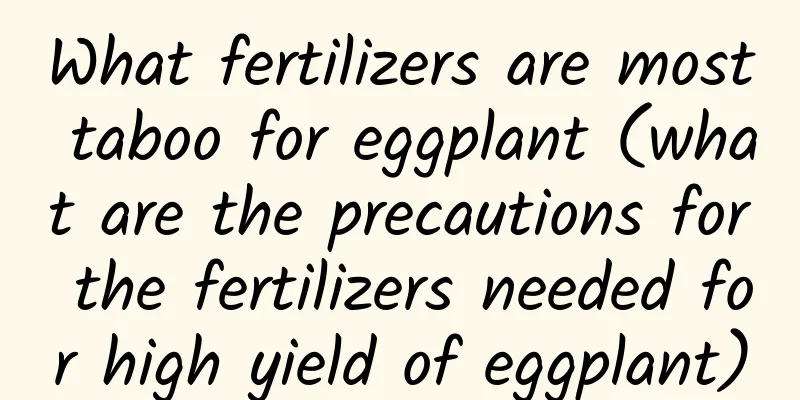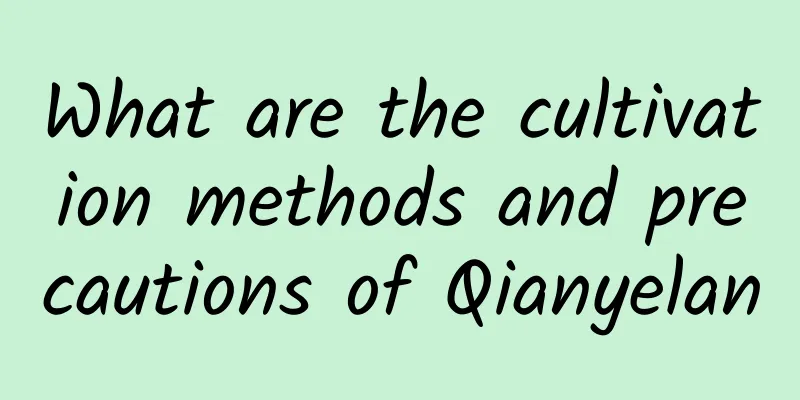How to grow French perfume flowers

Farming soilFrench perfume flower is suitable for planting in peat soil or leaf mold with good air permeability and loose and fertile soil. Breeding temperatureThe suitable growth temperature range for French perfume flower is around 18-28℃, and the temperature at night is relatively low, which can be maintained at 10-20℃. When the temperature is too high or too low, the growth will be restricted. Especially when the temperature is too low for a long time, the seedlings will enter a dormant state. New seedlings are relatively less cold-resistant and will fall off their leaves and go dormant when the temperature is below -3℃. The two-year-old sturdy old plants can withstand temperatures as low as -20℃. The suitable temperature for the development of flower buds is 15-20℃, and the night temperature should not be lower than 10℃, otherwise the flower buds will gradually wither and die. Grow LightIt is a sun-loving and light-loving plant, so it is not suitable for long-term growth in the shade. However, it cannot be exposed to too high temperatures in the summer. It needs to be covered with a 50%-70% shade net, but excessive covering will also affect and delay its flowering period. Water requirementsThe soil in the pot of French perfume flower should be kept dry and moist. Do not allow too much water to accumulate, otherwise it will cause root rot and other root damage. fertilizerDuring the seedling period, compound fertilizers containing nitrogen, phosphorus and potassium can be applied to keep the EC value of the medium within the range of 0.8-1.0; Apply nitrogen, phosphorus and potassium compound fertilizer during the middle and large seedling period to keep the medium EC value between 1.5-1.8; Apply nitrogen, phosphorus and potassium during the flowering period to keep the medium EC value between 1.2-1.5. Pest controlThe growth of French perfume flowers is accompanied by various diseases and pests. In addition to using pesticides for prevention and control, the application of water is also key. The main disease in summer is anthracnose, while powdery mildew is easily caused in spring and autumn, and gray mold is a problem in winter. It can be said that all seasons are damaged, so it is necessary to spray calcium, boron, etc. to prevent physiological flower drop. There are relatively fewer insect pests, but we should also be wary of attacks by moth and butterfly larvae. |
<<: Wine bottle orchid cultivation methods and precautions
>>: Maintenance methods of potted hibiscus
Recommend
The best and most comprehensive method for preparing culture soil! A must-have for flower lovers!
1. Preparation materials Garden Soil The soil tak...
How often should I water the Areca palm in summer?
Frequency of watering Areca palm in summer Areca ...
Illustration of pruning methods for hydrangeas (how to prune hydrangea branches if they are too long)
Hydrangea pruning position diagram 1 When is the ...
The role of the city that never sleeps
The value of the city that never sleeps The plant...
How to grow succulent plants so that their root system can develop (how to grow roots quickly if succulent plants have no roots)
How to speed up the root development of succulent...
What varieties of white wax lychee can be grafted?
The white wax lychee can be improved into other v...
Tips on how to plant potted peonies (care methods and precautions for peonies)
How to plant peony 1) Planting time In mid-August...
Maintenance measures for the pine tree and soil requirements
1. Maintenance measures 1. Plenty of sunlight: Th...
How to promote the flower buds of Cymbidium orchids and the growth rate of flower buds
1. How to promote flower buds in Cymbidium orchid...
How to grow Dracaena fragrans well
1. Soil suitability If you want the Dracaena to g...
How to propagate blue pine succulents and how to propagate them
Blue pine succulent propagation method The common...
What to do if Phalaenopsis root rots
1. Treatment methods 1. Root pruning: When the ro...
The efficacy and function of coix seed
1. Medicinal Job's tears have the effects of ...
The efficacy and function of shepherd's purse flowers
1. Cooling blood and stopping bleeding Shepherd&#...
Azalea Flowering Management
Flowering period Rhododendrons normally bloom in ...









